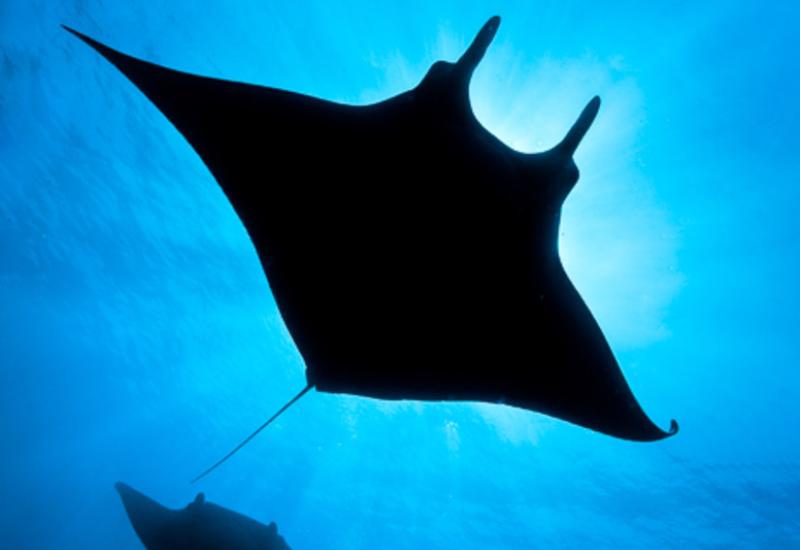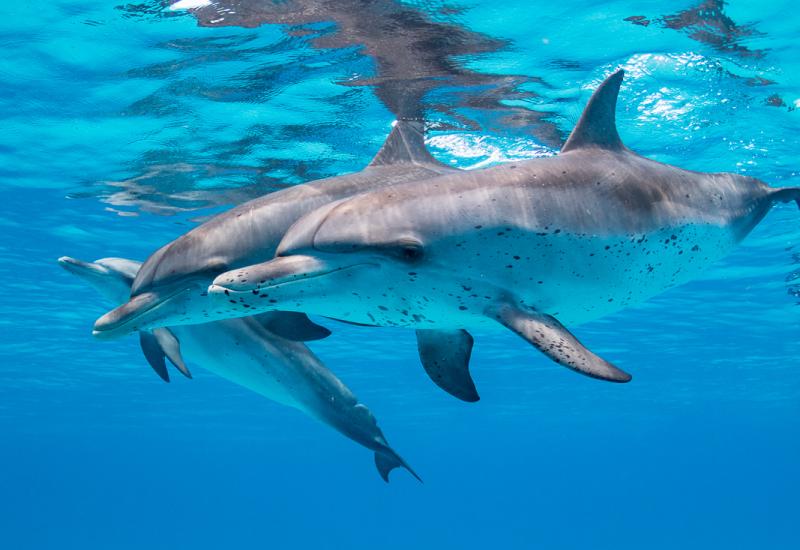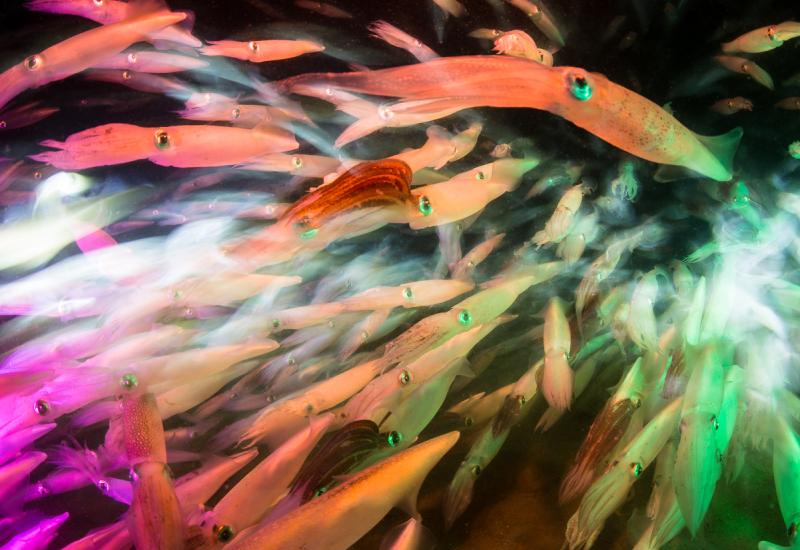Pro Tips for Traveling with Underwater Photography Gear
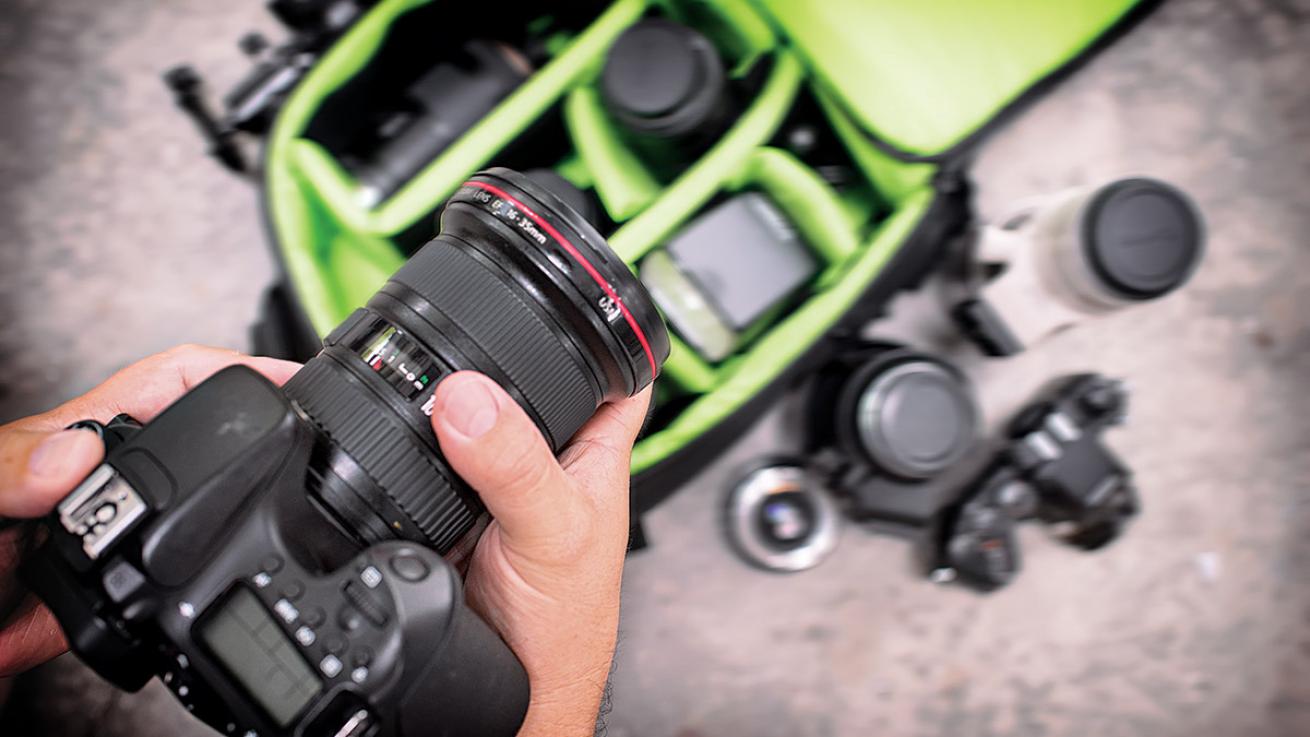
Bannasak Krodkeaw/shutterstock.comFlying with u/w photo gear is a game of chance.
Airports give underwater photographers anxiety. You wouldn’t hand off your precious newborn baby to a stranger at an airport with the hope that she emerges from the cargo hold thousands of miles away in perfect condition with a smile on her face. Yet this is what many divers experience when checking their camera gear with an airline for a long-awaited dive trip to their ultimate bucket-list destination.
What happens on the other end of that flight can be heaven or hell. Smashed, cracked, flattened, concussed and missing are worst-case scenarios that occur all too often. There are ways, however, to set up your gear for a successful travel experience in the face of overwhelming odds.
“The toughest challenge used to be carrying film canisters in X-ray protection bags,” says Tanya G. Burnett, a 30-year veteran underwater photographer. “Now it’s weight restrictions, lithium batteries, damage to gear, and any wacky reason the airlines come up with to prevent you from checking or carrying on certain items.”
“I can’t stress enough how important it is to know the airlines’ baggage policies for both checked bags and carry-ons, because lately I’ve had a lot of airlines weighing my carry-on bags,” says Emmy Award-winning underwater cinematographer Becky Kagan Schott. “One great trick I use for traveling with gear is the upgrade. Most airlines will give you a more generous baggage allowance, and you get a comfy seat.”
Employ some tips from these well-traveled imaging pros to avoid some of the most common pitfalls when flying with underwater-photography equipment.
Know when to say when (to check it)
Letting go of your gear bag at the airline desk is a pure act of faith. Sometimes it’s better to simply shoulder the discomfort of a heavy carry-on than to deliver your baby into the belly of the beast.
“Nothing is safe to check,” Burnett says. “You just have to pad your gear well to minimize damage, plus make it as difficult as possible for someone to steal anything — and then hope for the best when you land.”
“Recently I went to Truk Lagoon and had four layovers,” Schott says. “The most important thing to me was arriving with my camera and housing, so I carried it on and checked everything else. Don’t be afraid to pay for an extra bag, especially if you’re going somewhere remote and want to take a lot of spares. It’s worth the cost for an extra bag to get it there.”
“I separate clothes with essential pieces in each check-in bag so in case one doesn’t show up right away, I still have something to wear,” Burnett says. “I pad my equipment with clothing, rolling it up to fill in spaces and create a protective barrier.”
“Maybe the strangest and smartest packing trick I’ve seen (but never tried) is wearing a big coat and stuffing the pockets with heavy batteries and lenses,” Schott says. “I’ve also seen people wearing rebreathers onto planes like backpacks.”
Choose your case wisely
There’s a wide variety of luggage options designed to protect underwater-imaging equipment. From hard cases to ultralight luggage, there are many possibilities, but it can be difficult to make the right decision.
“For me, it depends on the destination, what my gear needs are, and the airline’s weight restrictions,” Burnett says. “If I am heading to French Polynesia, I have a super-lightweight set of luggage and pad everything with extra foam. For carry-on camera gear, I usually use both a roller camera bag and a backpack-style camera bag.”
“You spent thousands on a housing and camera, so get a good hard case,” Schott says. “I’ve always used hard cases, and I’ve had very good luck with nothing showing up damaged. Don’t install the camera into the housing and check that; it can damage the camera. And avoid putting stickers on the cases or bags with logos that advertise expensive camera equipment inside.”
“Seriously consider insuring your gear because the cost of loss or damage is far greater than the premium,” Burnett says. “Plus, some companies will give you a certificate of insurance with the gear listed and serial numbers, so you can also use this as proof you own the gear since you are insuring it.”
Double down for safety
Redundancy is the safest strategy to ensure you’ll be ready to capture the magic if something breaks or malfunctions.
“I carry extra strobes, strobe cables, batteries, at least two different wide-angle lenses and usually two different wide-angle ports,” Burnett says. “In addition, I always have backup O-rings and little repair items for my setup that might come in handy.”
“I always take two masks because that’s a photographer’s most important piece of gear,” Schott says. “Plus, I also take two hard drives to make sure I have a backup of my videos and photos.”
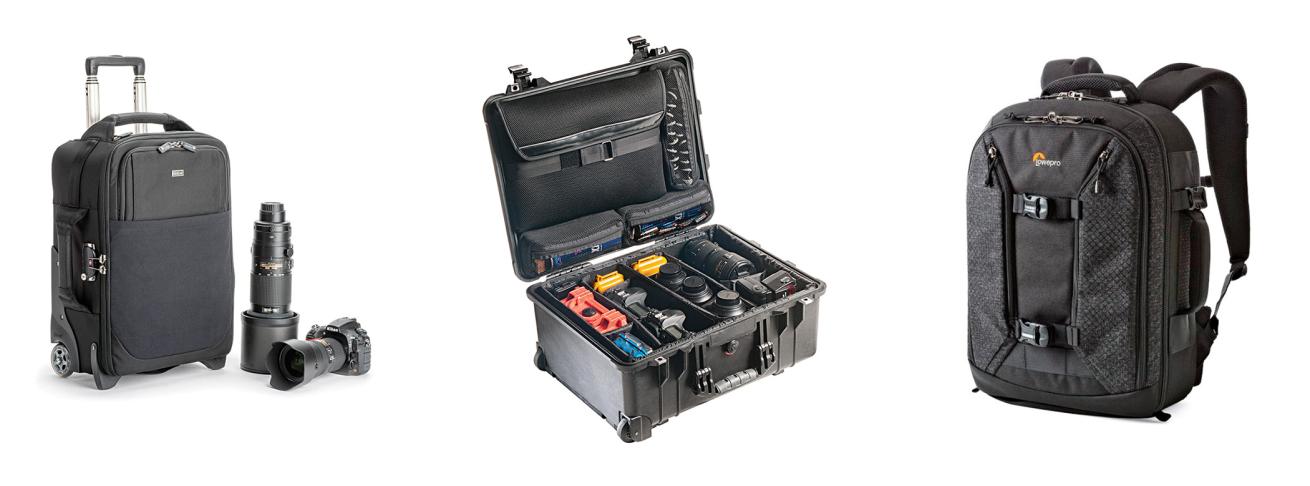
ThinkTank; Pelican; LowePro
ThinkTank Airport International v3.0 Rolling Camera Bag Pelican 1560sc Protector Studio Case LowePro Pro Runner BP 350 AW II thinktankphoto.com; $399.75 thepelicanstore.com; $319.58 lowepro.com; $249.95 This stealthy, top-loading carry-on rig offers room for full-size DSLRs, lenses and accessories in padded, Velcro-secured compartments that are fully customizable and secure. This rolling tank is a burly, waterproof traveling studio made from tough polypropylene to protect your equipment with customizable organization, a laptop sleeve and removable pouches. This purpose-built camera backpack can swallow a DSLR plus extra lenses and accessories in a smart divider system that’s anchored to a padded back panel.
Document your kit
When traveling internationally, it’s a smart strategy to document your equipment. Many countries have strict rules about transporting gear to sell, as well as buying new gear without declaring it — along with highly suspicious agents ready to ruin your day.
“Make a list of your gear, including serial numbers, in case a foreign country decides you might attempt to sell your gear,” Burnett says. “You can get an official stamp from U.S. Customs if you head for their offices in major international airports. You can download the form online, fill it out, and physically take gear to the office, where an officer will record the description of the item and its serial number on a certificate. This is a free service, but you need to give yourself time before your check-in to do this.”
“If you’re traveling with more than $10,000 worth of gear, you need a CBP 1099 form, which is a customs registration for your gear,” Schott says. “That way, when you come back to the U.S., you have proof you didn’t purchase it overseas. If you’re traveling to a country that accepts carnets, that is also an option. It’s basically a passport for your camera gear. Having one usually means that customs won’t give you a hard time.”
“I take images with my phone of my camera bags loaded with gear and of my bags while they are being weighed at the check-in counter,” Burnett says. “I also take images of the airline luggage tag with the bar code in case I lose my luggage tags along the way, and also images of my passport ID page, credit cards, C-cards, DAN card and anything else I might need in the event I lose my wallet.”
The Rules: Learn it, know it, live it
There’s typically no talking your way out of baggage restrictions or customs issues, so knowing the rules and planning ahead can help you avoid problems. Printing the airline baggage policies can also be helpful because some agents aren’t as informed as they should be.
“The best thing is to not get into trouble in the first place,” Schott says. “Airlines allow you to carry on only a certain amount of lithium batteries, so know that in advance. If they are questioning lights or strobes with internal lithium batteries, have the printed manufacturer information with you that proves they are deemed safe for travel.”
“My technique is to travel as under the radar as possible,” Burnett says. “Always remain respectfully calm and insist that you are just a tourist on vacation and this is your hobby.”
“Be nice,” Schott says. “And it usually doesn’t hurt to wow them with tales of what you were just shooting. I will tell them about my camera gear and the amazing animals I was just with, and they are usually interested and move you through faster.”


